How to protect your electrical appliances from power surges?
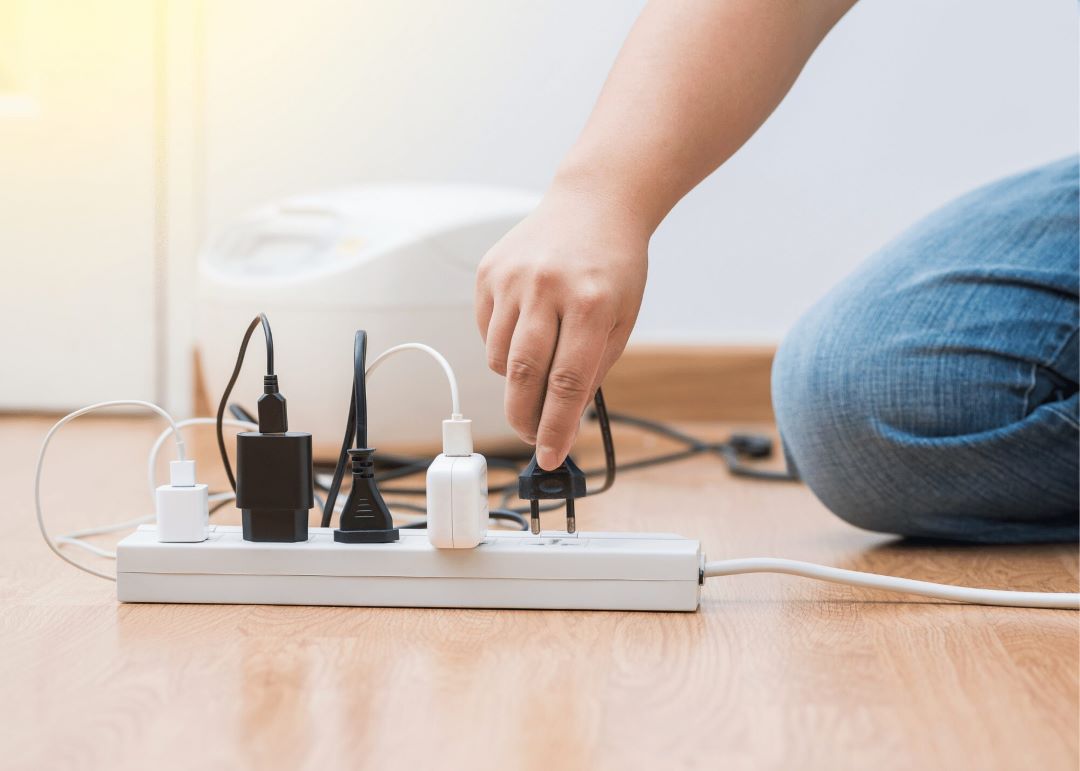
To protect your electrical appliances from power surges, it's crucial to understand the methods and devices that can mitigate the risk of damage caused by sudden increases in voltage. Power surges can occur due to a variety of reasons, including lightning strikes or significant changes in electrical load within a power grid. Utilizing surge protectors, installing whole-home power surge protection systems, and ensuring proper grounding of electrical devices can significantly reduce the risk of damage associated with a power surge or a direct lightning strike.
How to prevent power surges?
To prevent power surges, you should invest in high-quality surge protectors for all your valuable electrical appliances. This protection is critical during a lightning strike, as it can send a high-power electrical surge throughout your home's wiring system. Additionally, unplugging appliances during a storm significantly reduces the risk of damage from power surges.
It's also advisable to listen for any unusual sounds, such as a buzzing sound coming from electrical outlets or appliances, which can indicate an impending power surge or electrical issue. By taking these steps, you can safeguard your appliances against the sudden spikes in electrical voltage that power surges bring.
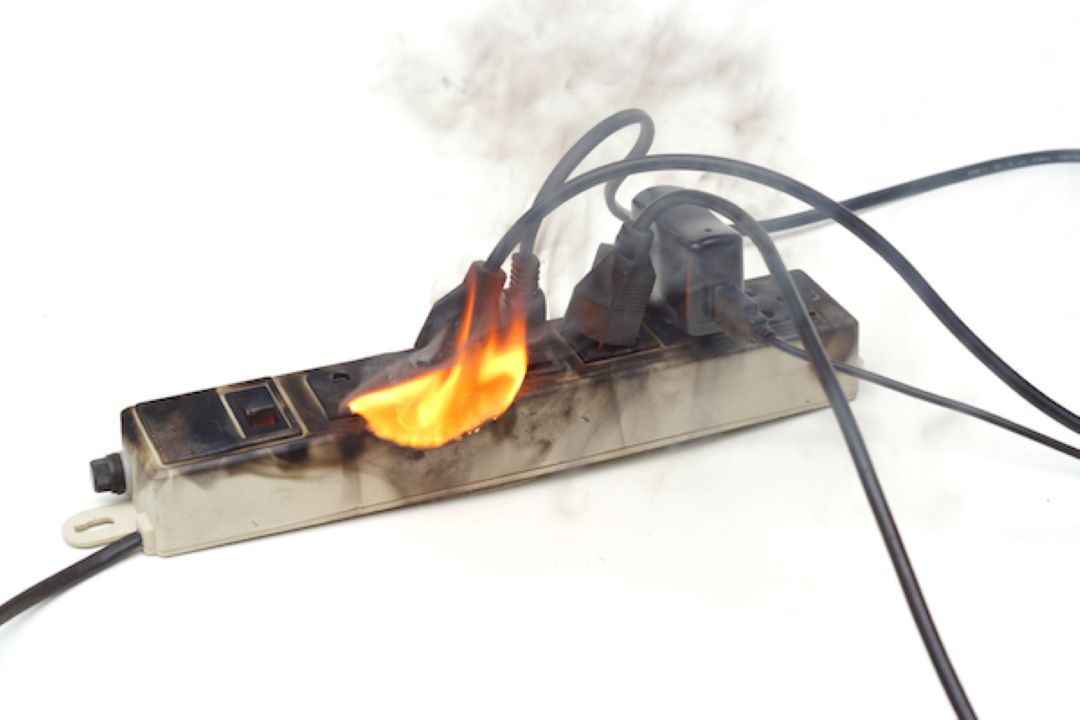
What is the meaning of power surge?
The meaning of a power surge is a sudden and significant increase in voltage that surpasses the standard level of electricity flowing through electrical devices in a home or a business. These spikes in electrical energy can be caused by various factors, including lightning strikes, faulty wiring, or the operations of high-power electrical devices.
When power surges happen, they can damage or even destroy electronic equipment and appliances, making surge protectors an essential safeguard against these unpredictable events. Surge protectors work by diverting the excess voltage away from the connected devices, thereby minimizing the risk of damage caused by a power surge.
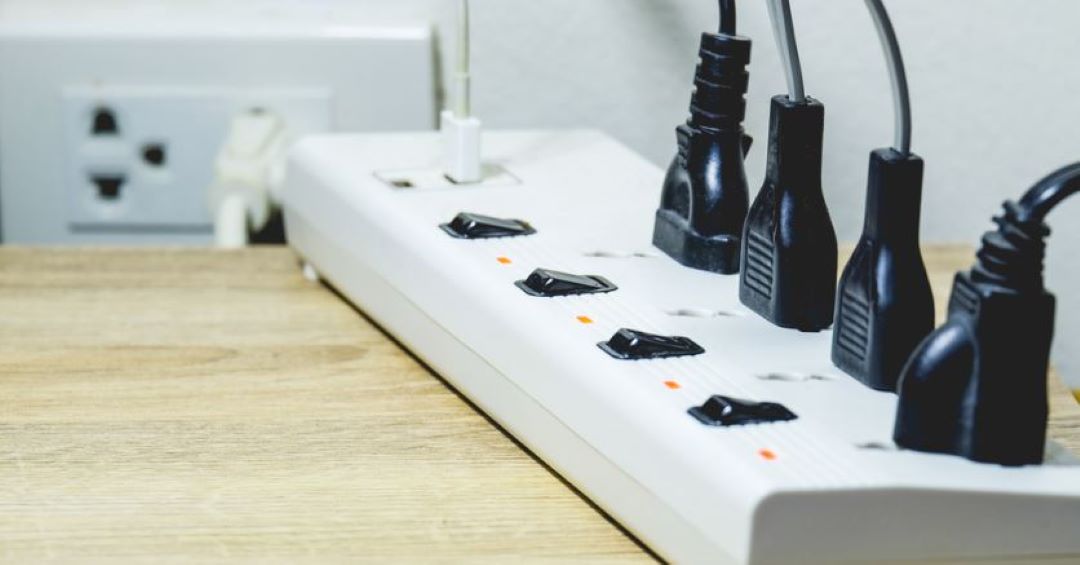
What are the signs of power surge in home?
The signs of power surge in home are multifaceted, manifesting through flickering lights, damaged appliances, or even a complete power outage. If you're experiencing constant power surges, it's essential to act promptly to mitigate potential risks and damages.
The primary causes of a power surge include lightning strikes, exposed electrical wires, and issues with the power lines. Power surges occur when there's a sudden spike in electrical voltage surpassing what electrical devices are designed to handle. To safeguard your home, investing in surge protectors is advisable as they provide surge protection, mitigating the excess electricity flow. If no surge protector is present, this could result in a power outage at any time. Read this article to learn what to do during a power outage at night.
Furthermore, it's crucial to inspect for faulty wiring, which often leads to internal power surges, and ensure that your home's electrical system is adequately grounded. For external power surges, caused by factors such as lightning strikes or problems with utility lines, it's prudent to contact your utility company.
They can inspect and maintain power lines or recommend additional protection measures. Taking these steps can significantly reduce the likelihood of power surges happening again, ensuring the longevity and safety of your electrical devices.
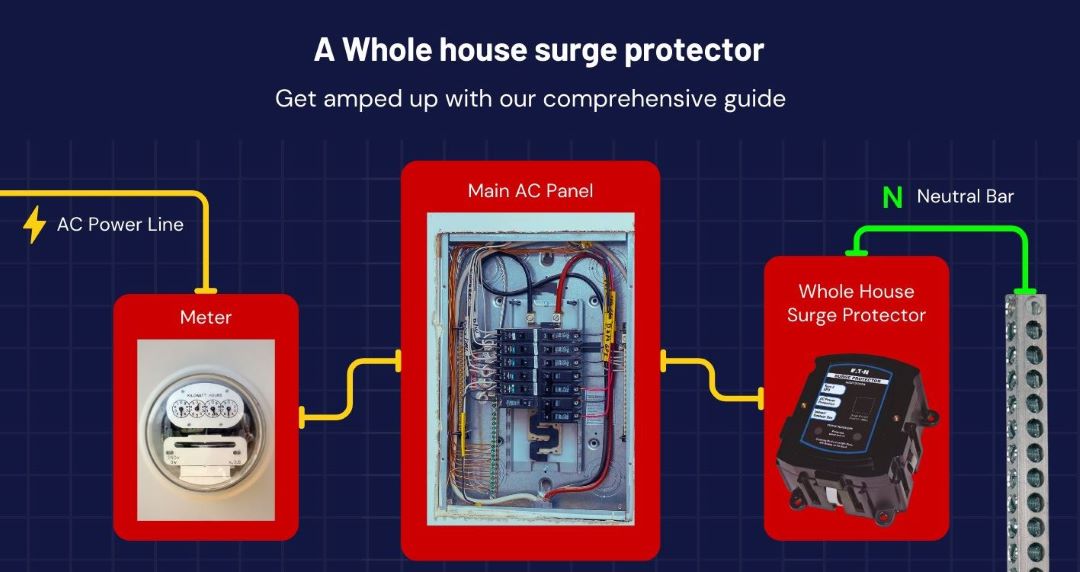
How does a whole house surge protector works?
A whole house surge protector works by namely diverting excessive electrical energy caused by power surges from external power sources or lightning strikes to the ground, before it can enter your home and harm your electrical appliances.
Unlike not all power strips which offer limited surge protection, a whole house surge protector offers a comprehensive solution against power surges that occur from electrical overloads, including those caused by lightning striking utility equipment or power lines.
It's important to note that while power strips may protect electronic devices in a single area, they do not provide the extensive coverage against electrical overload, power outages, and lightning strikes that a whole house system does.
Siemens whole house surge protectors are designed to safeguard all types of electrical equipment in your home, from air conditioners and power tools to refrigerators and electronic devices, ensuring that a sudden power surge occurs, the risk of damage is greatly minimized.
Pros and Cons of Whole House Surge Protector
Pros:
- Provides comprehensive protection for the entire home against electrical overloads and power surges.
- Can potentially save thousands in repairs and replacements by protecting electrical appliances, including high-value items like air conditioners and power tools.
- Helps prevent power outages caused by a power surge, ensuring stability in your home’s electrical system.
Cons:
- The initial installation of a whole house surge protector can be costly, as it often requires professional installation by a licensed electrician.
- Not all whole house surge protectors are created equal, and the level of protection can vary based on how much surge protection the device offers and the reliability of the brand.

Who pays for power surge damage in Singapore?
In Singapore, the responsibility for power surge damage often falls on the homeowner, but claims can sometimes be filed with utility companies or through home insurance, depending on the cause of the surge and the terms of the policy.
When electrical equipment and electronic components on the same circuit experience a surge, it can overload the system, leading to potential damage. Whole house surge protectors are designed to block excess voltage and protect the main electrical bus bar, safeguarding not just large appliances but also sensitive computer equipment. To claim for power surge damage in Singapore, it's crucial to prove to insurance companies that the damage was indeed caused by an electrical surge, often requiring an inspection to suspect faulty wiring or external causes.
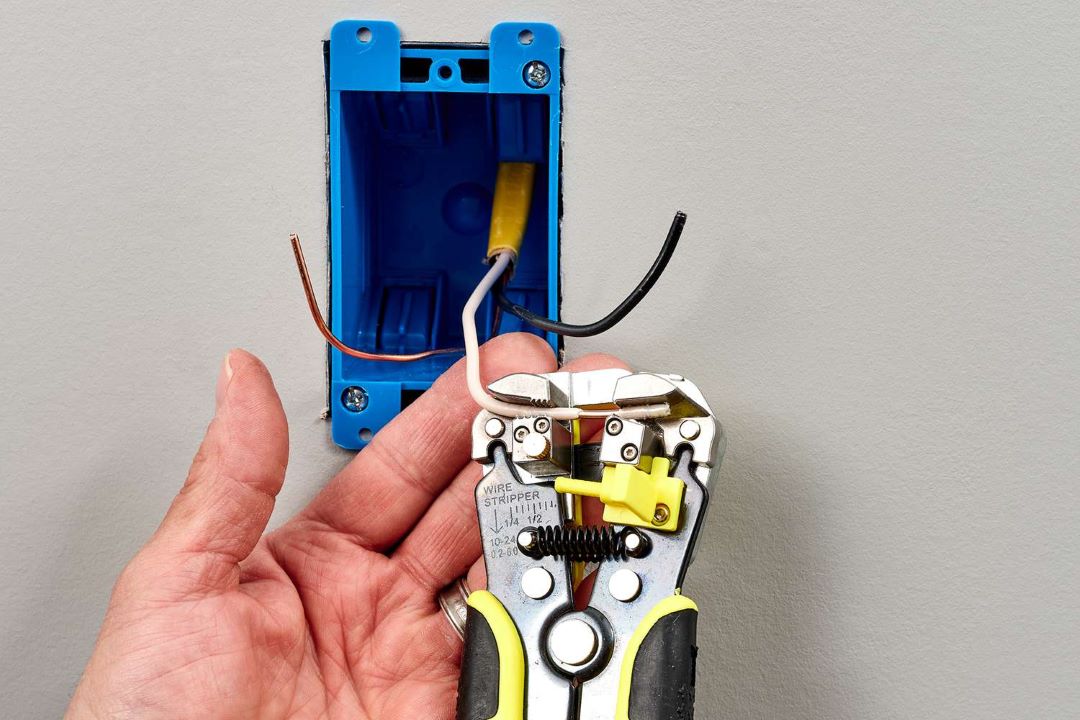
How do you protect appliances from power surge?
You protect appliances from power surge by namely integrating special wall outlets designed to handle sudden jumps in power and by equipping your home with a surge protector at the electrical panel.
This setup is crucial in managing internal surges that can arise from large appliances turning on and off, directing excess power safely away from sensitive electronics. Regular inspection of electrical wiring and ensuring circuit breakers are not tripped also play vital roles in preventing power flowing uncontrollably through the home during a surge.
By understanding and mitigating the internal power dynamics, homeowners can safeguard their appliances against the unpredictable nature of electrical surges.
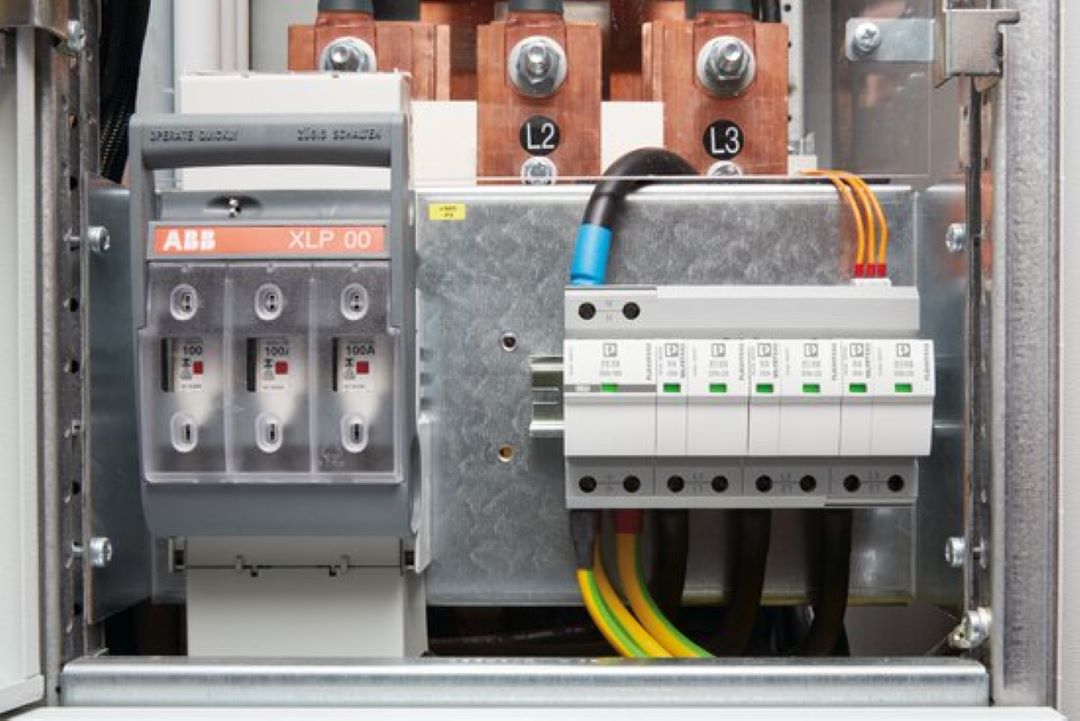
What is the best protection against power surges?
The best protection against power surges is implementing comprehensive surge protection strategies to safeguard your appliances and electrical systems from severe damage.
Power surges, often characterized by a sudden increase in electrical current beyond what appliances are designed to handle, can occur due to unavoidable external events such as severe storms or transient voltage spikes within the home's own electrical system. These surges can risk severe damage to sensitive electronics, sometimes evidenced by a subtle buzzing sound in affected devices.
Under normal circumstances, homes are equipped to handle the electrical current within a safe threshold, but external surges caused by lightning, power line issues, or other fluctuations can exceed these limits.
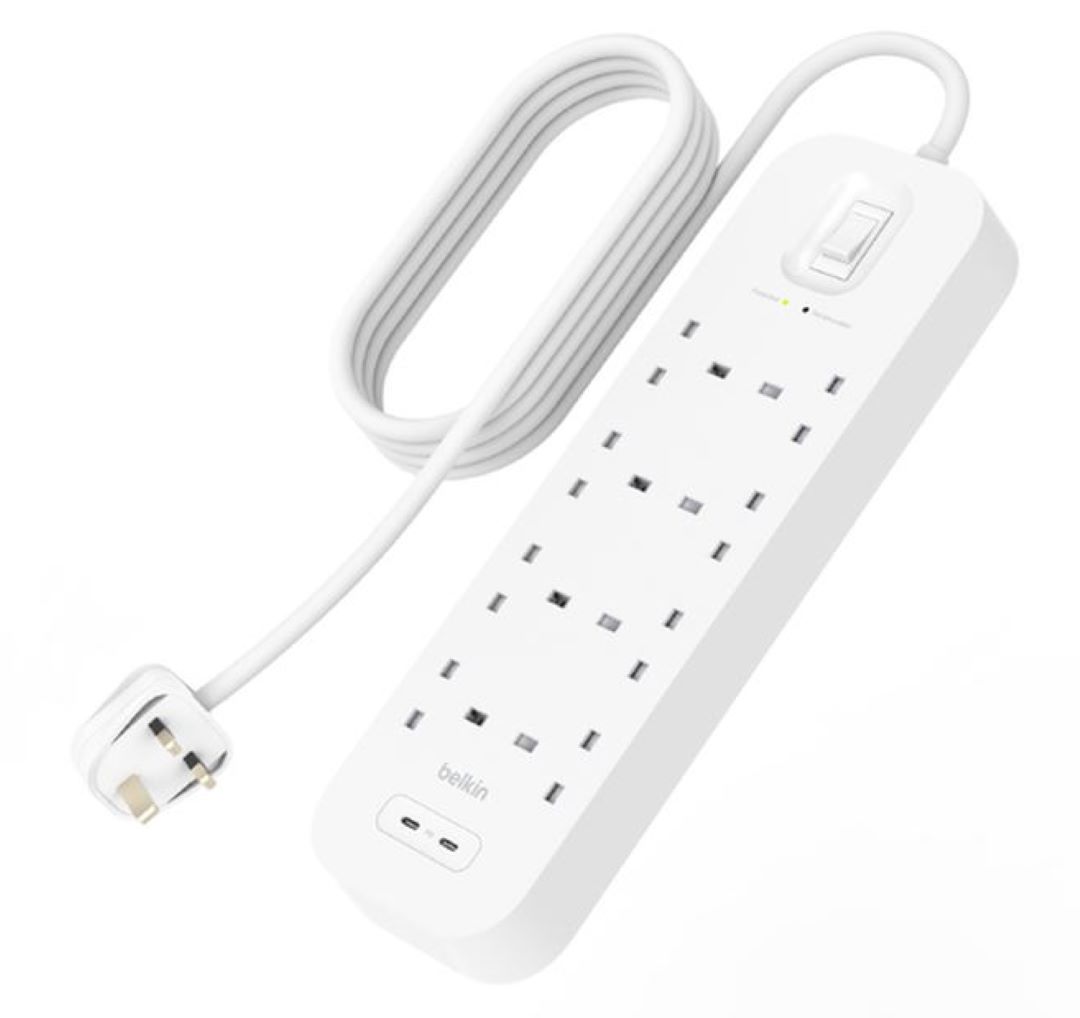
What is a good surge protector for appliances?
A good surge protector for appliances is the Belkin Power Strip Surge Protector. It is not just for home entertainment systems but for any electronic equipment with multiple devices plugged into the same socket. It's common to overuse extension cords and have too many plugged in appliances, which increases the risk of severe damage during a power surge.
Surge suppressors are designed to protect these plugged in devices, but for optimum safety, individual surge protectors for each high-value item can prevent overloading. This approach is especially critical for expensive electronic equipment, ensuring that even if multiple devices are plugged into the same outlet, they are individually shielded from potential surge damage.
What devices can be used to protect against power surges?
To protect against power surges, a surge protector can be used to mitigate the effects of both external and internal surges, reducing the risk of severe damage to electronic devices.
Surge suppressors, also known as spike suppressors, surge diverters, or transient voltage surge suppressors, are essential for safeguarding multiple devices, particularly during severe storms or when there is potential for electrical overload.
Individual surge protectors ensure that each piece of electrical equipment has a dedicated defense against sudden voltage spikes.
Power surges can lead to significant damage to house wiring and leave large appliances non-functional after an outage. What causes power surges? These surges, typically caused by a sudden jump in electrical power, can occur due to external power issues, lightning strikes, or even tripped circuit breakers within the home. To resolve tripped circuit breakers, learn how to reset a power trip in Singapore here.
By dispersing sudden increases in electrical current, these devices prevent power surges from damaging plugged in devices, thus preserving the longevity and functionality of your electronics.
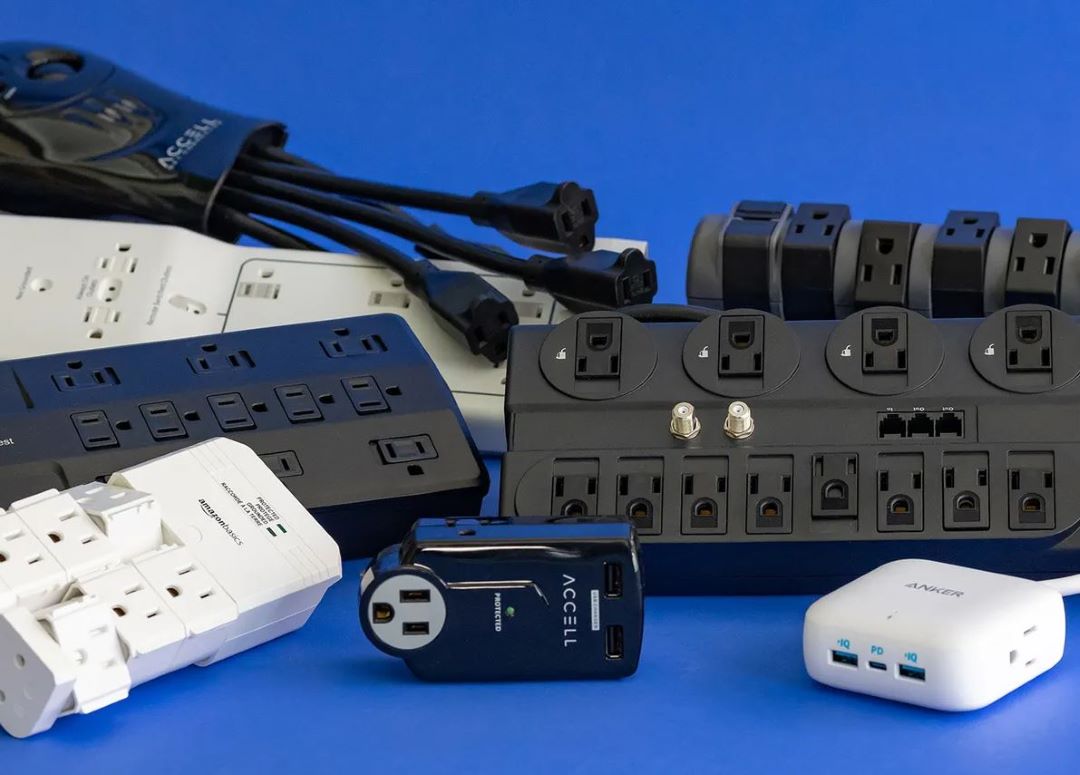
How to protect electrical appliances from high voltage?
To protect electrical appliances from high voltage, you should use a surge protector which is crucial in maintaining the integrity of your electronic devices during normal circumstances.
Surge protectors work by intercepting the excess voltage that can occur when power surges happen, often due to problems with the electrical wiring or external power fluctuations.
By blocking excess voltage and ensuring only safe levels of power flow to your devices, surge protectors prevent potential damage when a power surge occurs.
This protective measure not only secures your appliances but also extends their lifespan by shielding them from the erratic power flows that can compromise their functionality.
Do appliances need surge protectors?
Yes, appliances need surge protectors because they help to discharge voltage peaks and mitigate costly repairs.
During severe storms or a lightning strike, external surges can lead to dangerous voltage spikes that pose a significant threat to your electrical equipment.
Surge protectors act as a shield against these surges, diverting excess voltage away from large appliances like refrigerators and home entertainment systems, which are particularly vulnerable.
By absorbing and redirecting the sudden influx of power, surge protectors reduce the risk of severe damage and electrical overload, safeguarding your electronic devices from expensive repairs and ensuring their continued functionality.
If there is no surge protector, this could cause the circuit breaker to trip. These are the top 5 reasons why circuit breakers trip.